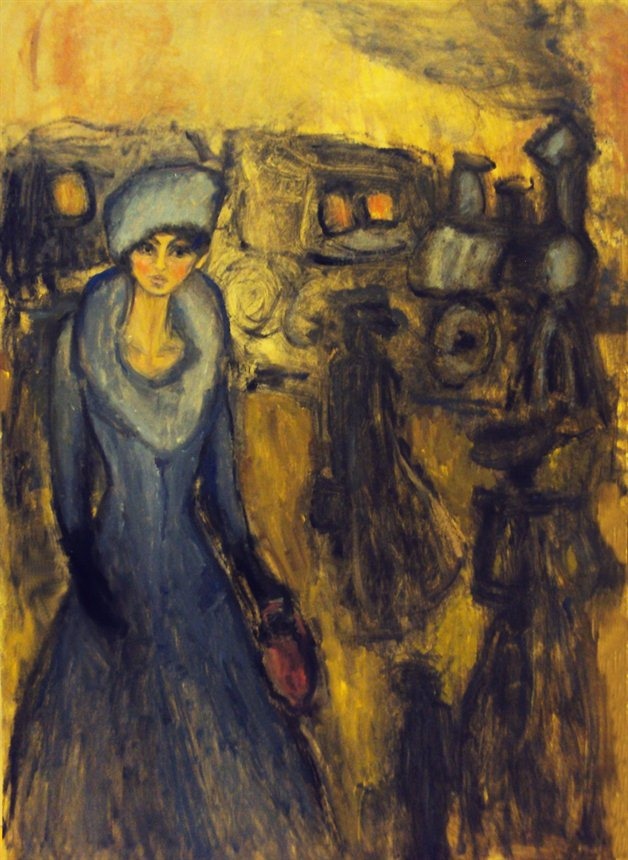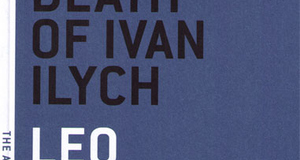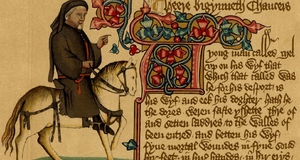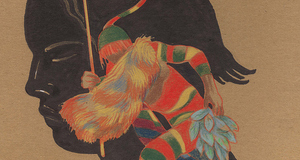The Power of the Happy Family in Tolstoy's Anna Karenina
By
2014, Vol. 6 No. 10 | pg. 1/2 | »
KEYWORDS:
Tolstoy infamously starts the novel Anna Karenina with the line, “All happy families are alike; each unhappy family is unhappy in its own way,” setting up the novel as a case study of happy and unhappy families. Although the novel is mainly about unhappy families, Tolstoy makes the story of the one happy family, Ekaterina Scherbatsky (Kitty) and Konstantin Levin (Kostya), just as interesting as the others. Although every other relationship seems to tear apart its members, Kitty and Kostya stand out because their love makes them stronger. Nikolai Levin, Kostya’s brother, has the primary importance of illustrating how their relationship allows them to cope with issues that they cannot deal with on their own. We see the very qualities that make them unable to handle his illness by themselves turned into virtues when they are together. By using the life and death of Nikolai Levin as a way to highlight the differences in Kitty and Konstantin Levin before and after their marriage, Tolstoy emphasizes the transformative power of love, revealing love's ability to balance out our weaknesses and make us whole. Tolstoy emphasizes the transformative power of love, revealing love's ability to balance out our weaknesses and make us whole. Tolstoy immediately sets up the connection between Kitty and Konstantin’s relationship and Nikolai. The first time the reader meets Nikolai is right after Konstantin’s first proposal has been rejected by Kitty, leading Konstantin to question his self worth and the purpose of the world:I myself am to blame. What right did I have to think she would want to join her life with mine? Who am I? And what am I? A worthless man, of no use to anyone or for anything.’ And he remembered his brother Nikolai and paused joyfully at this remembrance. ‘Isn’t he right that everything in the world is bad and vile?’ [84] Kostya is self-deprecating to the point of being pathetic. In most, humility and accepting blame are virtues, but Kostya takes it to the extreme and wants to simply give up on the world when things go wrong, shaming himself into feeling “worthless.” By connecting Kostya’s self-loathing with his brother’s pessimistic attitude on the world, Nikolai is set up as an antithesis to Kostya’s normally upbeat attitude. Tolstoy introduces Nikolai as someone who makes Kostya confront his innermost feelings, with Kostya describing his brother as someone, “Who understood him thoroughly, who would call up all his innermost thoughts, would make him speak his whole mind. And that he did not want” (346). Kostya’s deep introspection makes him a very kind and cerebral character; but, in bad times, it leads him to an obsessive state as he acknowledges in this statement by saying that he does not want to think so deeply.
Not only does Nikolai call attention to Kostya’s self-deprecation, but also his extreme illness makes Kostya reflect upon death, leading him to question the purpose of life in general: “Death, the inevitable end of everything, presented itself to him for the first time with irresistible force” (348). As a deeply intellectual and introspective character, Kostya gets caught up when the question of death is presented before him by Nikolai’s illness, leading him into an all-consuming state of nihilism. Tolstoy’s choice of the word “irresistible” points out how Kostya is enchanted by thoughts like this and cannot help but have them, even though they drive him to madness: He had actually forgotten, overlooked in his life one small circumstance – that death would come and everything would end, that it was not worth stating anything and that nothing could possibly be done about it. Yes, it was terrible, but it was so. [348] By saying that Kostya had forgotten about the possibility of death, Tolstoy emphasizes how deeply Nikolai’s illness affects Kostya. Nikolai’s illness forces Kostya to try and confront the big question of life and death, but Kostya is unable to handle it, instead choosing to retreat into a state of utter despair: “He saw either death or the approach of it everywhere. But this undertaking now occupied him all the more. He had to live his life to the end, until death came. Darkness covered everything for him” (352). Kostya’s nihilism changes him from a methodical man who feels deeply to a stone-cold cynic. All of the flaws of Kostya that Nikolai’s illness brings out (his obsessive over-thinking, his complete blame of himself) are also his best qualities (his deep intellectualism, his ability to take responsibility for his actions).Continued on Next Page » Suggested Reading from Inquiries Journal
Inquiries Journal provides undergraduate and graduate students around the world a platform for the wide dissemination of academic work over a range of core disciplines. Representing the work of students from hundreds of institutions around the globe, Inquiries Journal's large database of academic articles is completely free. Learn more | Blog | Submit Latest in Literature |














